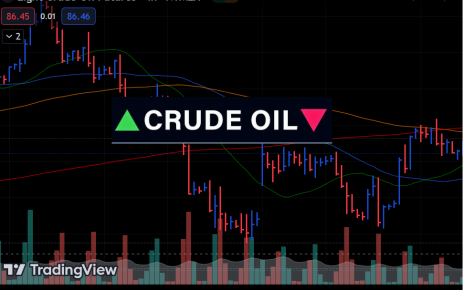- The dollar increased on Friday due to data showing that inflation increased in March.
- The Bank of Japan announced it would retain its ultra-low interest rates.
- Eurozone economic data showed uneven growth and inflation.
Currency futures closed lower on Friday as the dollar rose. The US dollar increased due to statistics showing that US inflation increased in March. At its monetary policy meeting next week, the Fed is still on track to raise interest rates.
The Bank of Japan announced it would retain its ultra-low interest rates as anticipated. It also unanimously decided not to adjust its yield curve control strategy. The decision resulted in a general decline in the yen’s value.

According to data released on Friday, the personal consumption expenditures price index increased by 0.1% in March after increasing by 0.3% in February. The PCE price index rose 4.2% in the 12 months ending in March after rising 5.1% in February.
When volatile food and energy components were excluded, the PCE price index increased by 0.3%. It rose at the same rate in February. The rate futures market has placed a 90% possibility of a 25bps raise next week in response to the inflation report.
Dollar gains were boosted by a separate survey released on Friday. The survey showed that the University of Michigan’s final consumer sentiment assessment was 63.5 in April. The value rose from a three-month low of 62 in March. The one-year inflation outlook for American consumers increased from 3.6 in March to 4.6 this month.
The euro, meanwhile, decreased against the dollar. The Eurozone’s economic data showed uneven growth and inflation. This reduced certainty over the ECB’s anticipated interest rate increase next week.
According to preliminary figures, the Eurozone’s gross domestic product increased by 0.1% in the first quarter.
The European currency initially declined, but losses were reduced when traders sold the yen relative to the euro. The euro/dollar cross was also affected by this.
The pound dropped 0.2% against the dollar. The pound and the euro have recently benefited from European interest rate increases. This is because they coincided with peaking US rates. On April 14, sterling reached a 10-month high of $1.2545.
However, only the United Kingdom experienced double-digit inflation in March in Western Europe. Some market participants believe the British economy will continue to suffer unless the BOE reduces inflation and growth accelerates.





